Plain of punjab.jpg on:
[Wikipedia]
[Google]
[Amazon]
 In
In

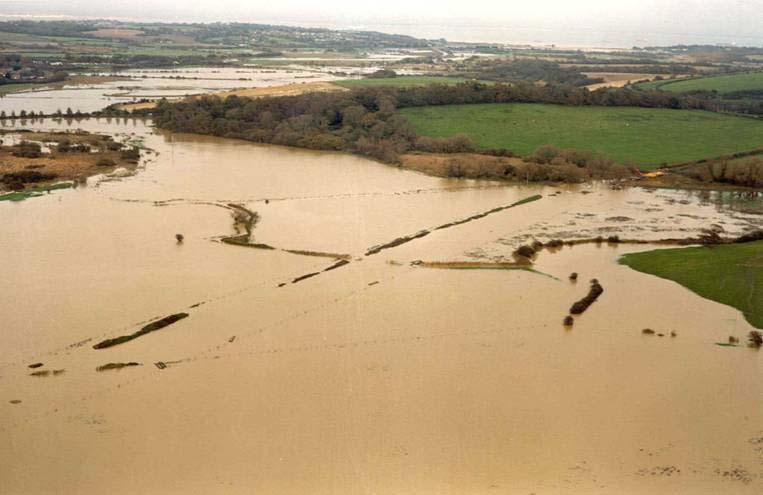



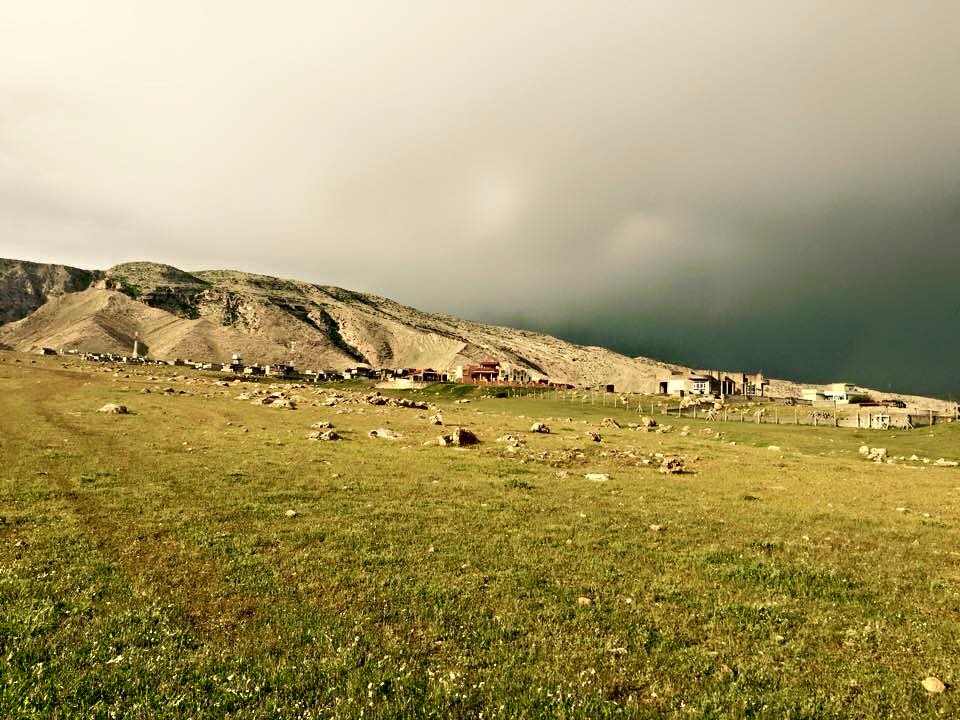

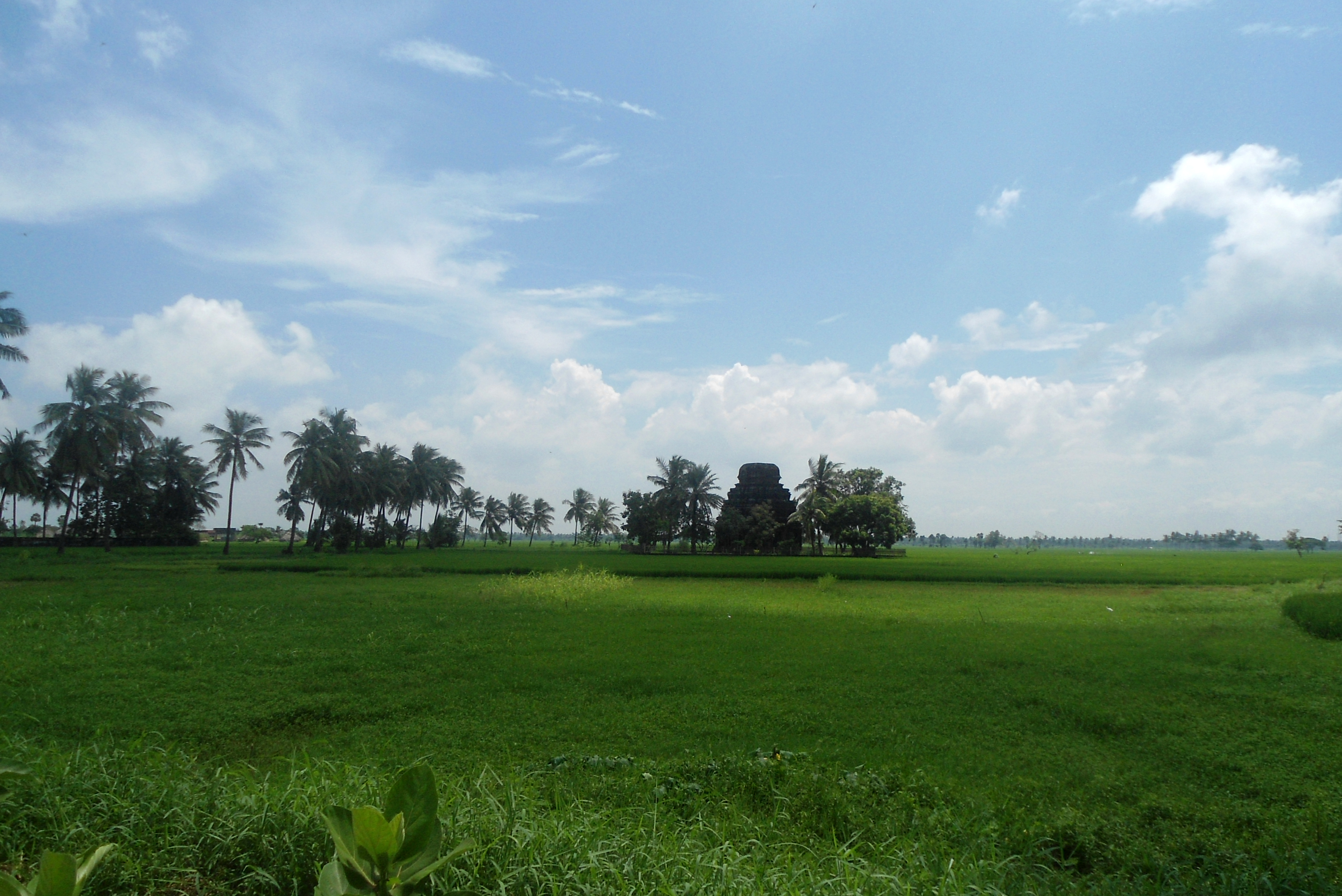
 file:Store Mosse Stora Gungflyet.jpg, View of the South Småland peneplain at Store Mosse National Park in Sweden.
file:Store Mosse Stora Gungflyet.jpg, View of the South Småland peneplain at Store Mosse National Park in Sweden.
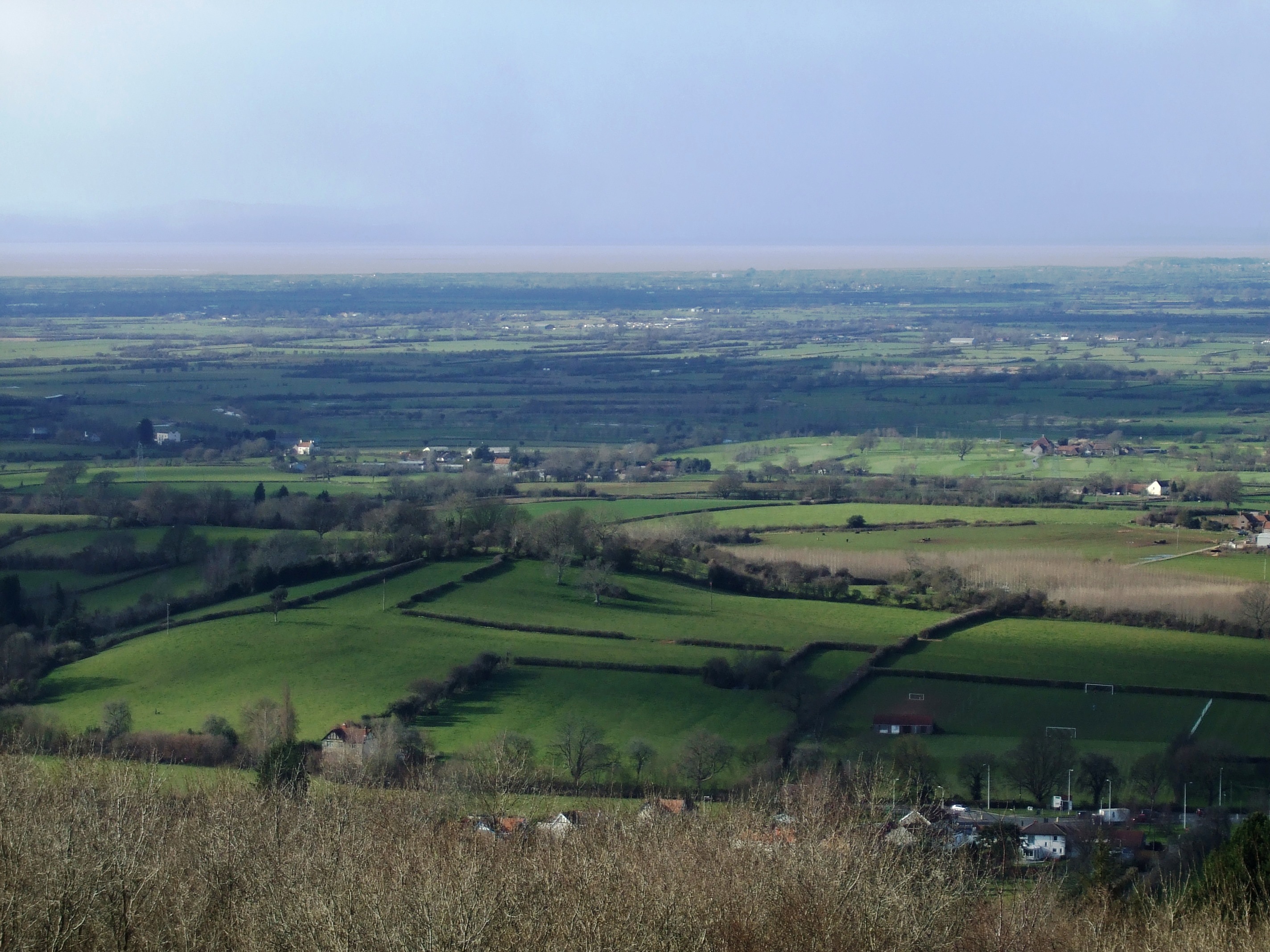

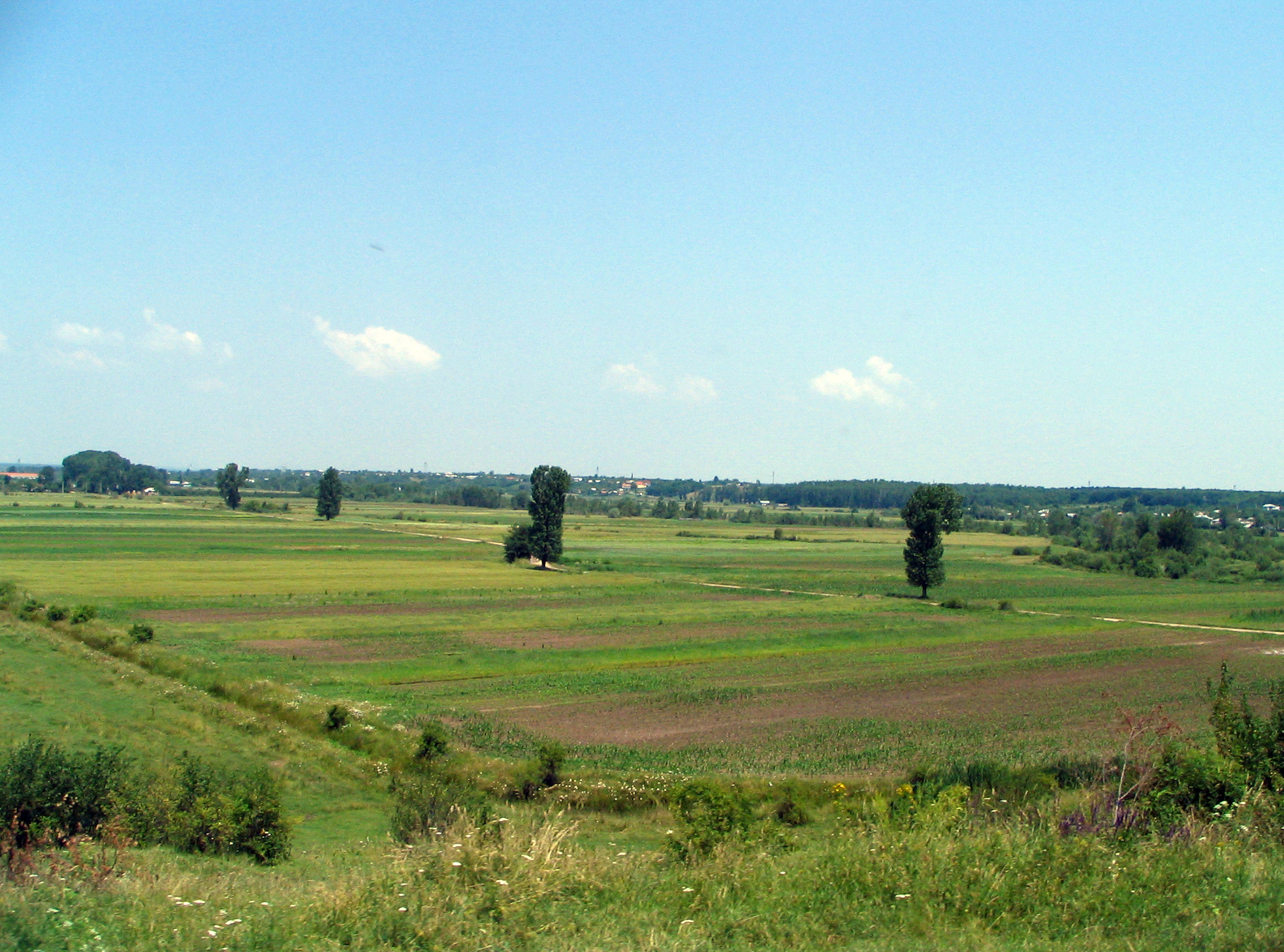

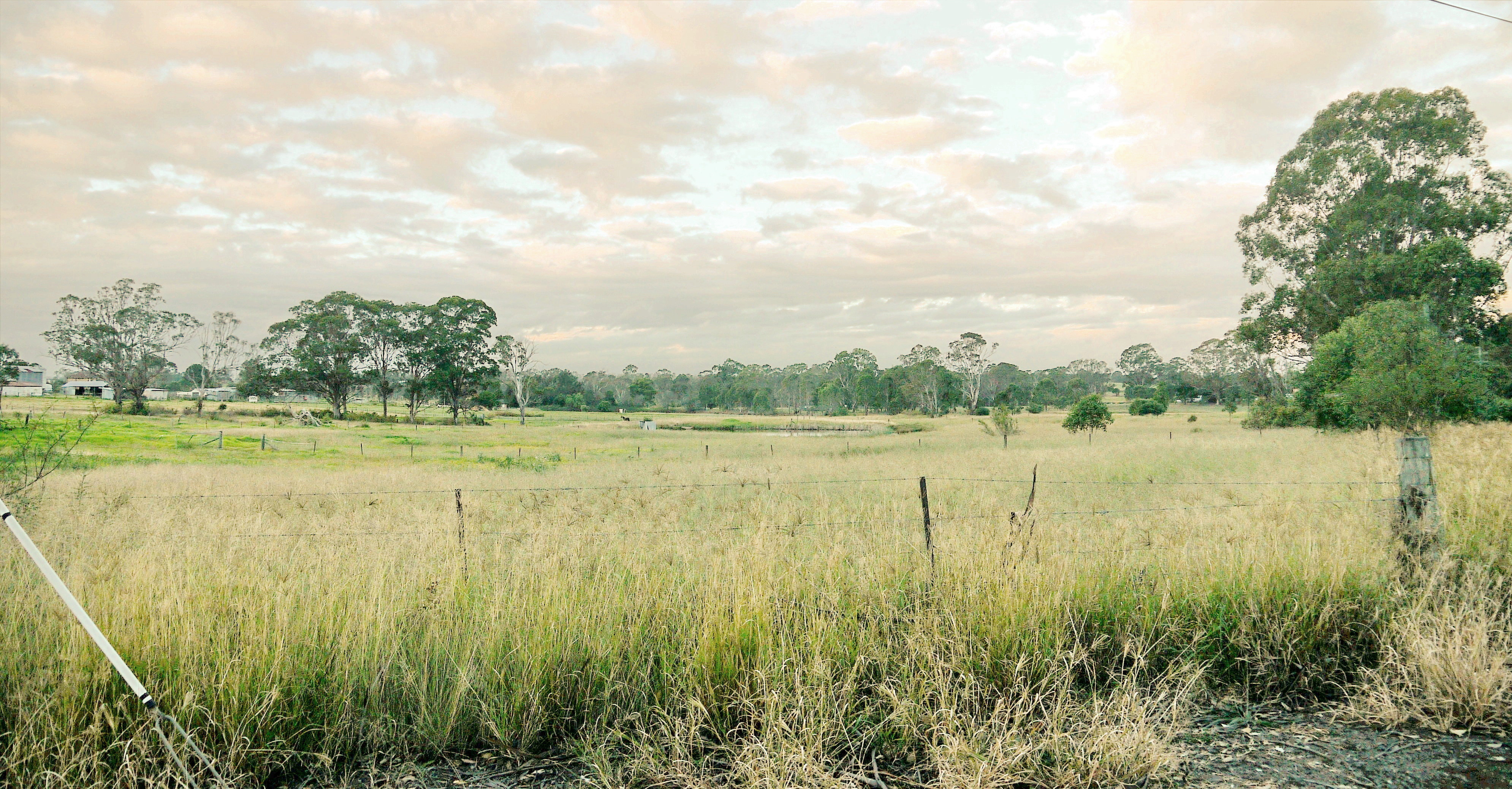

 In
In geography
Geography (from Greek: , ''geographia''. Combination of Greek words ‘Geo’ (The Earth) and ‘Graphien’ (to describe), literally "earth description") is a field of science devoted to the study of the lands, features, inhabitants, an ...
, a plain is a flat expanse of land that generally does not change much in elevation
The elevation of a geographic location is its height above or below a fixed reference point, most commonly a reference geoid, a mathematical model of the Earth's sea level as an equipotential gravitational surface (see Geodetic datum § Ver ...
, and is primarily treeless. Plains occur as lowland
Upland and lowland are conditional descriptions of a plain based on elevation above sea level. In studies of the ecology of freshwater rivers, habitats are classified as upland or lowland.
Definitions
Upland and lowland are portions of p ...
s along valley
A valley is an elongated low area often running between hills or mountains, which will typically contain a river or stream running from one end to the other. Most valleys are formed by erosion of the land surface by rivers or streams ove ...
s or at the base of mountains, as coastal plain
A coastal plain is flat, low-lying land adjacent to a sea coast. A fall line commonly marks the border between a coastal plain and a piedmont area. Some of the largest coastal plains are in Alaska and the southeastern United States. The Gulf Co ...
s, and as plateau
In geology and physical geography, a plateau (; ; ), also called a high plain or a tableland, is an area of a highland consisting of flat terrain that is raised sharply above the surrounding area on at least one side. Often one or more sides ...
s or uplands.
In a valley, a plain is enclosed on two sides, but in other cases a plain may be delineated by a complete or partial ring of hills, by mountains, or by cliff
In geography and geology, a cliff is an area of rock which has a general angle defined by the vertical, or nearly vertical. Cliffs are formed by the processes of weathering and erosion, with the effect of gravity. Cliffs are common on co ...
s. Where a geological region contains more than one plain, they may be connected by a pass
Pass, PASS, The Pass or Passed may refer to:
Places
* Pass, County Meath, a townland in Ireland
* Pass, Poland, a village in Poland
* Pass, an alternate term for a number of straits: see List of straits
* Mountain pass, a lower place in a moun ...
(sometimes termed a gap). Coastal plains mostly rise from sea level
Mean sea level (MSL, often shortened to sea level) is an average surface level of one or more among Earth's coastal bodies of water from which heights such as elevation may be measured. The global MSL is a type of vertical datuma standardise ...
until they run into elevated features such as mountains or plateaus.
Plains are one of the major landforms on earth, where they are present on all continents, and cover more than one-third of the world's land area. Plains can be formed from flowing lava
Lava is molten or partially molten rock (magma) that has been expelled from the interior of a terrestrial planet (such as Earth) or a moon onto its surface. Lava may be erupted at a volcano or through a fracture in the crust, on land or un ...
; from deposition of sediment by water, ice, or wind; or formed by erosion
Erosion is the action of surface processes (such as water flow or wind) that removes soil, rock, or dissolved material from one location on the Earth's crust, and then transports it to another location where it is deposited. Erosion is dis ...
by the agents from hills and mountains. Biomes on plains include grassland
A grassland is an area where the vegetation is dominated by grasses ( Poaceae). However, sedge ( Cyperaceae) and rush ( Juncaceae) can also be found along with variable proportions of legumes, like clover, and other herbs. Grasslands occur na ...
(temperate
In geography, the temperate climates of Earth occur in the middle latitudes (23.5° to 66.5° N/S of Equator), which span between the tropics and the polar regions of Earth. These zones generally have wider temperature ranges throughout ...
or subtropical), steppe (semi-arid
A semi-arid climate, semi-desert climate, or steppe climate is a dry climate sub-type. It is located on regions that receive precipitation below potential evapotranspiration, but not as low as a desert climate. There are different kinds of semi- ...
), savannah (tropical
The tropics are the regions of Earth surrounding the Equator. They are defined in latitude by the Tropic of Cancer in the Northern Hemisphere at N and the Tropic of Capricorn in
the Southern Hemisphere at S. The tropics are also referred to ...
) or tundra
In physical geography, tundra () is a type of biome where tree growth is hindered by frigid temperatures and short growing seasons. The term ''tundra'' comes through Russian (') from the Kildin Sámi word (') meaning "uplands", "treeless mou ...
( polar). In a few instances, deserts and rainforests may also be considered plains.
Plains in many areas are important for agriculture
Agriculture or farming is the practice of cultivating plants and livestock. Agriculture was the key development in the rise of sedentary human civilization, whereby farming of domesticated species created food surpluses that enabled people t ...
because where the soils were deposited as sediment
Sediment is a naturally occurring material that is broken down by processes of weathering and erosion, and is subsequently transported by the action of wind, water, or ice or by the force of gravity acting on the particles. For example, sa ...
s they may be deep and Fertility (soil), fertile, and the flatness facilitates mechanization of crop production; or because they support grasslands which provide good grazing for livestock.
Types of plain

Depositional plains
The types of depositional plains include: * Abyssal plains, flat or very gently sloping areas of the deep ocean basin. * Planitia , the Latin language, Latin word for plain, is used in the naming of plains on extraterrestrial objects (planets and moons), such as Hellas Planitia on Mars or Sedna Planitia on Venus. * Alluvial plains, which are formed by rivers and which may be one of these overlapping types: ** Alluvial plains, formed over a long period of time by a river depositing sediment on their flood plains or beds, which become alluvial soil. The difference between a flood plain and an alluvial plain is: a flood plain represents areas experiencing flooding fairly regularly in the present or recently, whereas an alluvial plain includes areas where a flood plain is now and used to be, or areas which only experience flooding a few times a century. ** Flood plain, adjacent to a lake, river, stream, or wetland that experiences occasional or periodic flooding. ** Scroll plain, a plain through which a river meanders with a very low gradient. * Glacial plains, formed by the movement of glaciers under the force of gravity: ** Outwash plain (also known as sandur; plural sandar), a glacial out-wash plain formed of sediments deposited by melt-water at the terminus of a glacier. Sandar consist mainly of stratified (layered and sorted) gravel and sand. ** Till plains, plain of glacial till that form when a sheet of ice becomes detached from the main body of a glacier and melts in place depositing thesediment
Sediment is a naturally occurring material that is broken down by processes of weathering and erosion, and is subsequently transported by the action of wind, water, or ice or by the force of gravity acting on the particles. For example, sa ...
s it carries. Till plains are composed of unsorted material (till) of all sizes.
* Lacustrine plains, plains that originally formed in a lacustrine environment, that is, as the bed of a lake.
* Lava plains, formed by sheets of flowing lava
Lava is molten or partially molten rock (magma) that has been expelled from the interior of a terrestrial planet (such as Earth) or a moon onto its surface. Lava may be erupted at a volcano or through a fracture in the crust, on land or un ...
.
Erosional plains
Erosional plains have been leveled by various agents of denudation such as running water, rivers, wind and glacier which wear out the rugged surface and smoothens them. Plain resulting from the action of these agents of denudation are called ''peneplains'' (almost plain) while plains formed from wind action are called ''pediplains''.Structural plains
Structural plains are relatively undisturbed horizontal surfaces of the Earth. They are structurally depressed areas of the world that make up some of the most extensive natural lowlands on the Earth's surface.

Notable examples




 file:Store Mosse Stora Gungflyet.jpg, View of the South Småland peneplain at Store Mosse National Park in Sweden.
file:Store Mosse Stora Gungflyet.jpg, View of the South Småland peneplain at Store Mosse National Park in Sweden.




America
Caribbean and South America
* Altiplano (Bolivia, Chile) * Altiplano Cundiboyacense (Colombia) * Caroni Plain (Trinidad and Tobago) * Chilean Central Valley ** ** Los Llanos, Chile, Los Llanos * Gran Chaco (Argentina, Bolivia, Paraguay) * Llanos (Colombia and Venezuela) * Pampas (Argentina, Uruguay, Brazil) * Coastal plains of ChileNorth America
* Atlantic coastal plain (United States) * Carrizo Plain (California, United States) * Great Plains (Canada and United States) * Gulf Coastal Plain (Mexico and United States) * Interior Plains (Canada and United States) * Lake Superior Lowland (Wisconsin, United States) * Laramie Plains (Wyoming) * Mississippi Alluvial Plain (Mississippi) * Oxnard Plain (Ventura County, California) * Snake River Plain (Idaho)Asia
Eastern Asia
* Chianan Plain (Taiwan) * Depsang Plains (China and India) * Honam Plain (South Korea) * Kantō Plain (Japan) * Kedu Plain (Indonesia) * Kewu Plain (Indonesia) * Mallig Plains (Philippines) * Nōbi Plain (Japan) * North China Plain (China) * Osaka Plain (Japan) * Pingtung Plain (Taiwan) * Sarobetsu plain (Japan) * Yilan Plain (Taiwan)North Asia
* West Siberian Plain (Russia)South Asia
* Bhuikhel (Nepal) * Depsang Plains (India and China) * Dooars (India and Bhutan) * Eastern coastal plains (India) * Indo-Gangetic Plains (Bangladesh, India, Nepal and Pakistan) * More plains (India) * North Bengal plains (Bangladesh and India) * Punjab Plains (Pakistan and India) * Terai (India and Nepal) * Utkal Plains (India) * Western coastal plains (India)Western Asia
* Al-Ghab Plain (Syria) * Aleppo plateau (Syria) * Ararat Plain (Armenia and Turkey) * Israeli coastal plain (Israel) * Khuzestan Plain (Iran) * Mugan plain (Azerbaijan and Iran) * Nineveh Plains (Iraqi Kurdistan) * Shiraki Plain (Georgia (country), Georgia)Europe
Central Europe
* Limagne (France) * North German Plain * Ochsenfeld (France) * Pannonian Basin (Central Europe) * Parndorf Plain (Austria) * Westphalian Lowland (Germany)Eastern Europe
* Bărăgan Plain (Romania) * Danubian Plain (Bulgaria), Danubian Plain (Bulgaria) * Dnieper Lowland (Ukraine) * East European Plain * European Plain * Great Hungarian Plain * Kosovo field (region), Kosovo field (Kosovo) * Little Hungarian Plain (Austria, Hungary, and Slovakia) * Pannonian Steppe (Hungary) * Polesian Lowland (Ukraine and Belarus) * Upper Thracian Plain (Bulgaria) * Wallachian Plain (Romania)Northern Europe
* Cheshire Plain (England) * Hardangervidda (Norway) * Kaffiøyra (Svalbard, Norway) * Muddus plains (Sweden) * North European Plain * North Northumberland Coastal Plain (Northern England) * North Somerset Levels (North Somerset, England) * Salisbury Plain (England) * Solway Plain (Cumbria, England) * Somerset Levels (Somerset, England) * South Coast Plain (Hampshire and Sussex, England) * South Småland peneplain (Sweden) * Stora Alvaret (Öland, Sweden) * Strandflat (Norway) * Sub-Cambrian peneplain (Nordic countries) ** Central Swedish lowland ** Ostrobothnian Plain (Finland) * The Fylde (Lancashire, England)Southern Europe
* Agro Nocerino Sarnese (Italy) * Campidano (Italy) * Lelantine Plain (Greece) * Mesaoria (Cyprus) * Messara Plain (Greece) * Nurra (Sardinia, Italy) * Po Valley (Italy) * Rieti Valley (Central Italy) * Tavoliere delle Puglie (Southern Italy)Oceania
Australia
* Bogong High Plains (Victorian Alps, Australia) * Cumberland Plain (Sydney, Australia) * Esperance Plains (Western Australia) * Molonglo Plain (Australian Capital Territory) * Mulga Lands (eastern Australia) * Nullarbor Plain (Southern Australia) * Ord Victoria Plain (Northern Australia) * Swan Coastal Plain (Perth, Australia)New Zealand
* Awarua Plains (Southland, New Zealand, Southland) * Canterbury Plains (Canterbury Region, Canterbury) * Hauraki Plains (Waikato) * Maniototo (Otago) * Taieri Plains, Taieri (Otago)See also
* * * * * * * * * *References
External links
* {{Authority control Plains, Slope landforms Agricultural land Grasslands Meadows Geography terminology